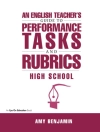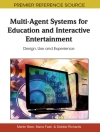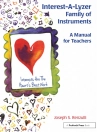The use of computation in archaeology is a kind of magic, a way of heightening the archaeological imagination. Agent-based modelling allows archaeologists to test the ‘just-so’ stories they tell about the past. It requires a formalization of the story so that it can be represented as a simulation; researchers are then able to explore the unintended consequences or emergent outcomes of stories about the past. Agent-based models are one end of a spectrum that, at the opposite side, ends with video games. This volume explores this spectrum in the context of Roman archaeology, addressing the strengths, weaknesses, and opportunities of a formalized approach to computation and archaeogaming.
สารบัญ
List of Tables
Acknowledgements
Introduction
Chapter 1. Imagine a Network
Chapter 2. Reanimating Networks
Chapter 3. Add Agents and Stir
Chapter 4. Archaeogaming
Chapter 5. The Fun Is in the Building
Chapter 6. Artificial Intelligence
Conclusion: Enchantment is Remembering
Afterword: Guidelines for Developing Your Own Digital Archaeology
Appendices
Appendix A: Tasks for Golems – Building an ABM
Appendix B: Pot Trade Model Code
Appendix C: Information Diffusion on a Network
Appendix D: Golems in the City
References
Index
เกี่ยวกับผู้แต่ง
Shawn Graham is a digital archaeologist at Carleton University, where he is Associate Professor of Digital Humanities. He is a co-author with Ian Milligan and Scott Weingart of Exploring Big Historical Data: The Historian’s Macroscope (Imperial College Press, 2015). He was awarded the Archaeological Institute of America’s 2019 Award for Outstanding Work in Digital Archaeology for the creation of the Open Digital Archaeology Textbook Environment, o-date.github.io.












